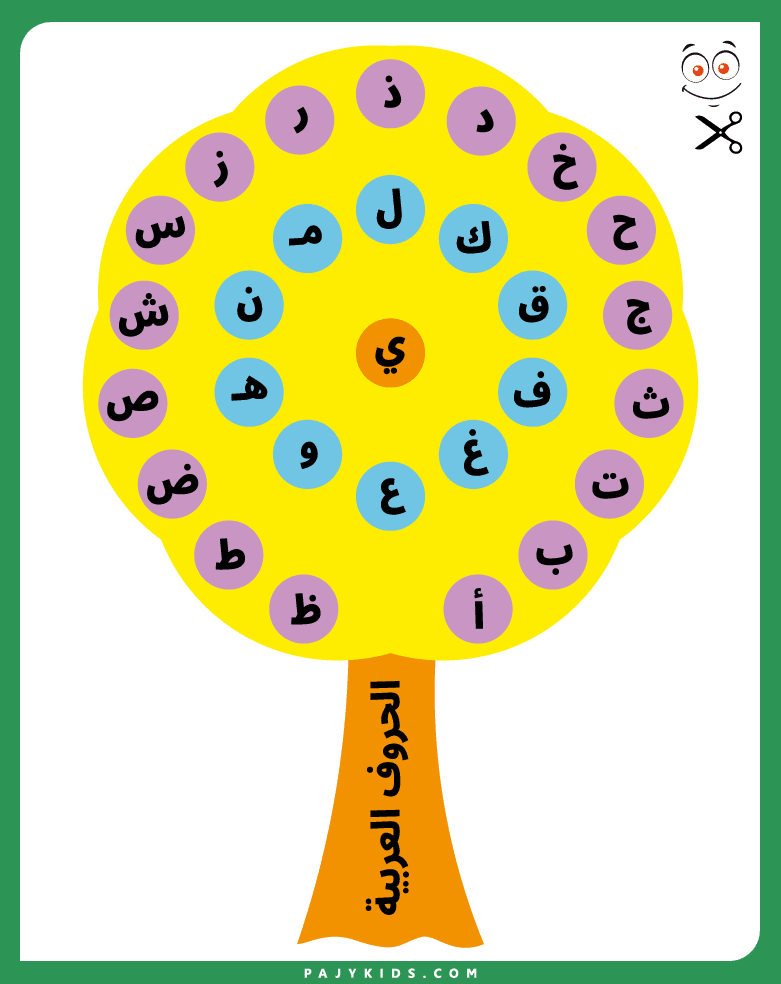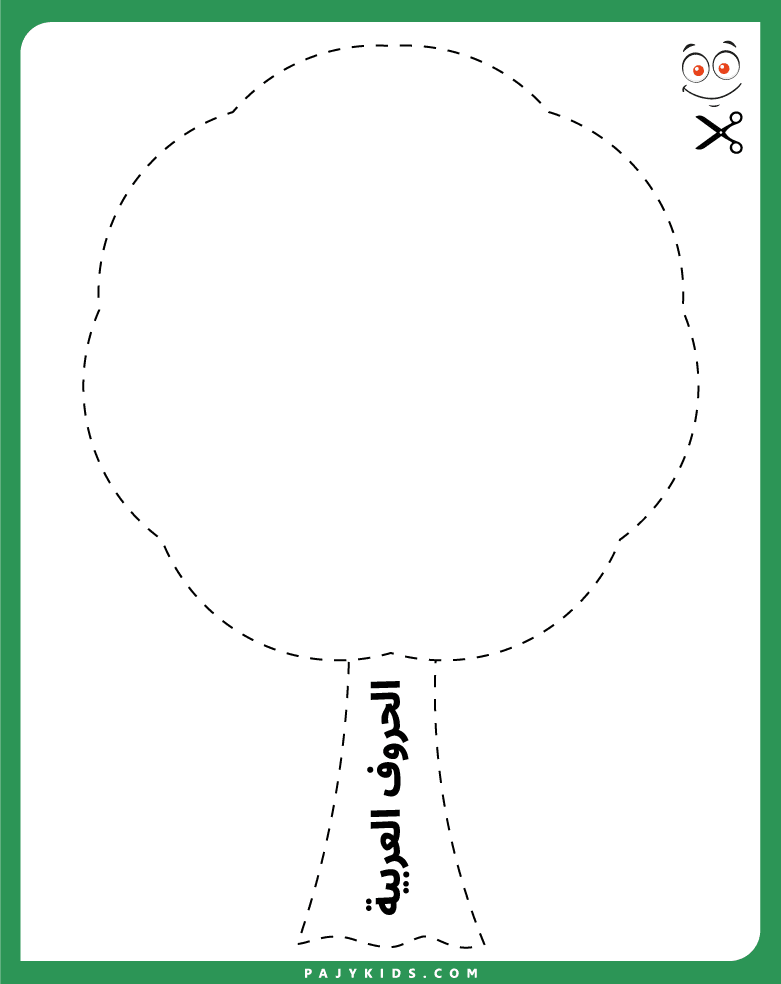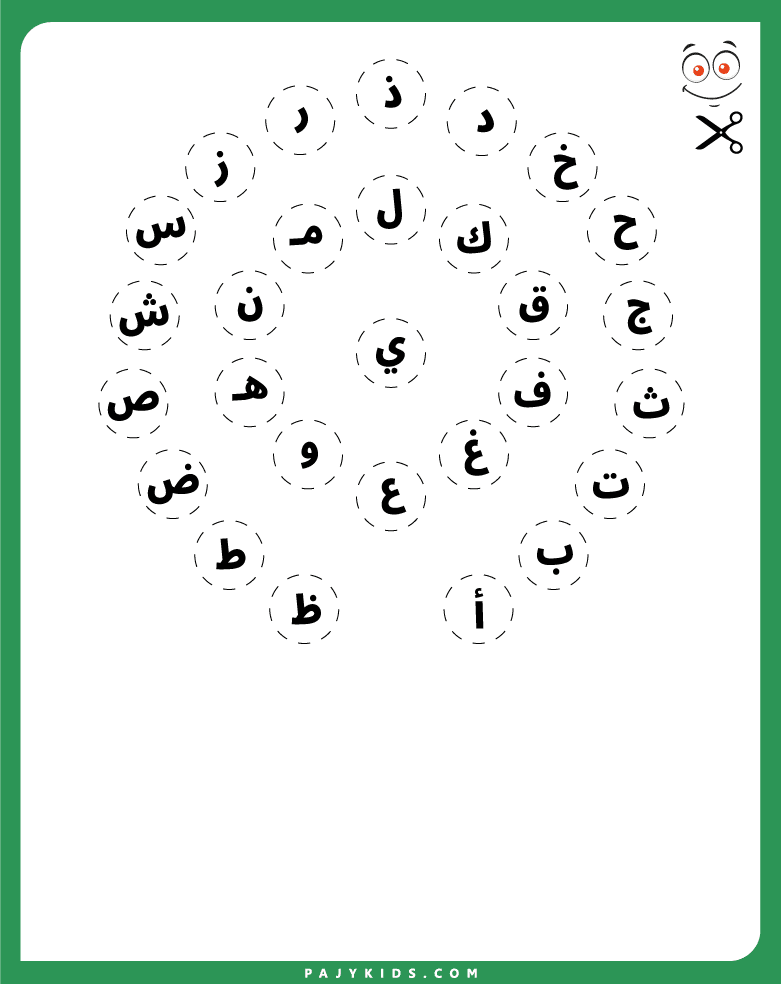Table of contents
Learning the Arabic alphabets at an early age can be both engaging and enjoyable when paired with hands-on activities. For kindergarten students, interactive methods such as cut-and-paste exercises encourage active participation and make the learning process more effective. These activities not only build letter recognition skills but also enhance fine motor development, making them an excellent foundation for early literacy in Arabic.
Strengthening Letter Recognition with Arabic Alphabet Cut-and-Paste Activities
Cut-and-paste worksheets focused on the Arabic alphabets help children visually recognize each letter while connecting sounds to shapes. By manipulating letters with their hands, students can better memorize and differentiate between similar characters. This multi-sensory approach fosters stronger memory retention and helps kindergarten learners become confident in identifying and naming each Arabic letter.

Enhancing Fine Motor Skills through Arabic Alphabet Cut-and-Paste Exercises
Practicing the Arabic alphabets through cut-and-paste activities also improves children’s fine motor skills. As they carefully cut along lines and paste letters into the correct sequence, their hand-eye coordination and precision develop. These activities serve as an excellent balance between learning language structure and building the essential physical skills needed for writing Arabic letters independently.

Encouraging Creativity and Fun with Arabic Alphabet Cut-and-Paste Worksheets
Introducing creativity into lessons with Arabic alphabets ensures that children remain motivated and curious. Kindergarten students can color, decorate, and arrange cut-and-paste letters in playful ways, transforming traditional learning into an enjoyable experience. By making the process interactive, teachers and parents foster a positive connection to the Arabic language from an early stage.
Tracing and Writing the Arabic Letter Baa in Fun Activities
